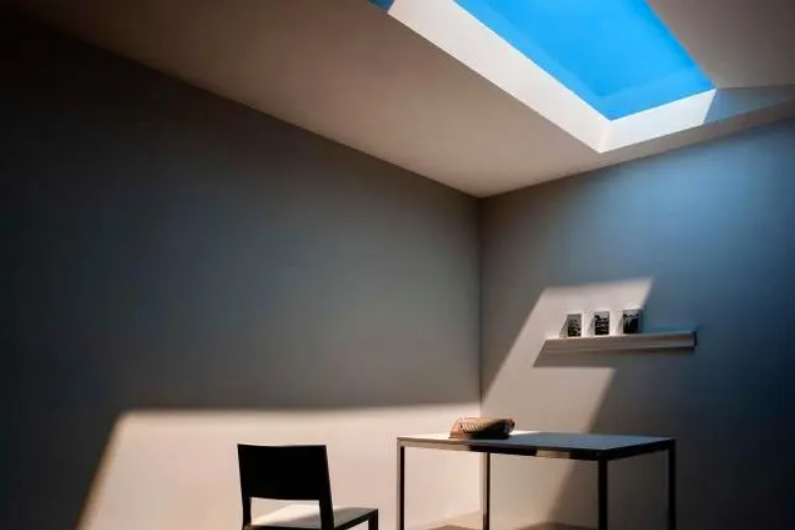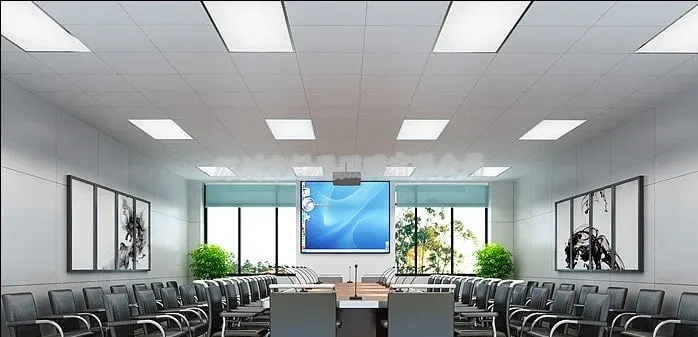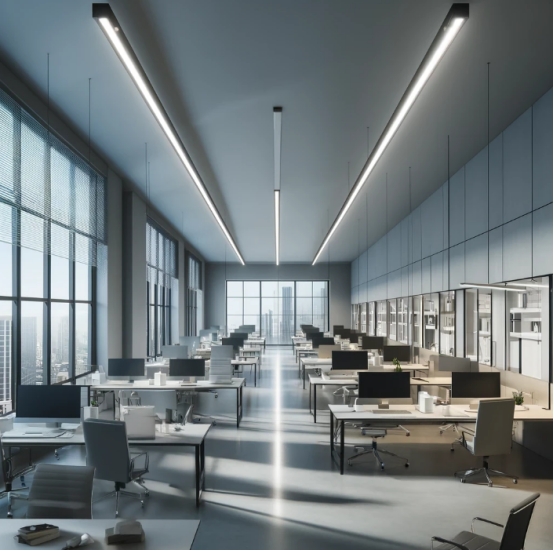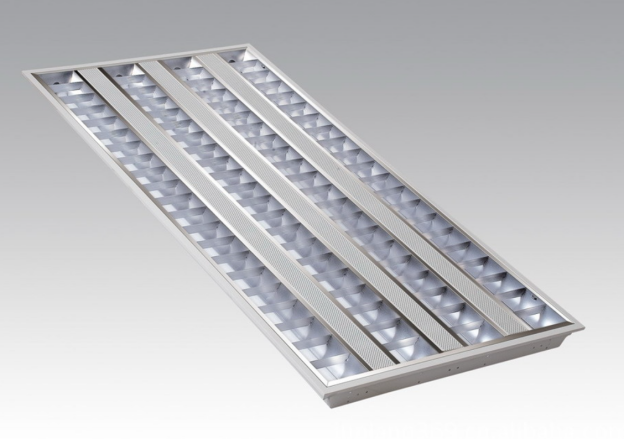Will LED lights pollute the environment?
No, the LED lamps have no pollution to the environment.
The difference between LED luminaire and traditional lamp is?
The difference between LED lamp and traditional fluorescent lamp and incandescent lamp is that its light source uses some low-voltage DC power supply, high efficiency and safety, energy saving and environmental protection long life, and the response speed is relatively fast, all pollution-free, the LED lamp is shot into the illuminated area, further improve the lighting efficiency, to achieve the purpose of energy saving. The production process of LED lights belongs to the electronics industry, which has basically no pollution to the environment, plus its high efficiency, low heat output and no radiation. LED is a kind of light-emitting diode lighting, incandescent lamps waste more electricity at the same time, because it contains halogen powder and mercury, pollution of the environment, so many people will choose LED lights and its price is relatively different, in the purchase process, we should choose a suitable for their own lamps. If you look at the spectrum of the sun, you’ll see that it also contains quite a bit of “blue” light, and even an abundance of ultraviolet light. And because the sun’s illuminance is extremely high, the sun’s “blue” energy is very high, much more serious than LED. In many users in the purchase of lighting lamps, will prefer to choose led lights, led lights have many advantages, its energy saving, long service life. However, the long-term use of led lights, it is inevitable that there will be some failures, if there is damage, just replace the lamp.
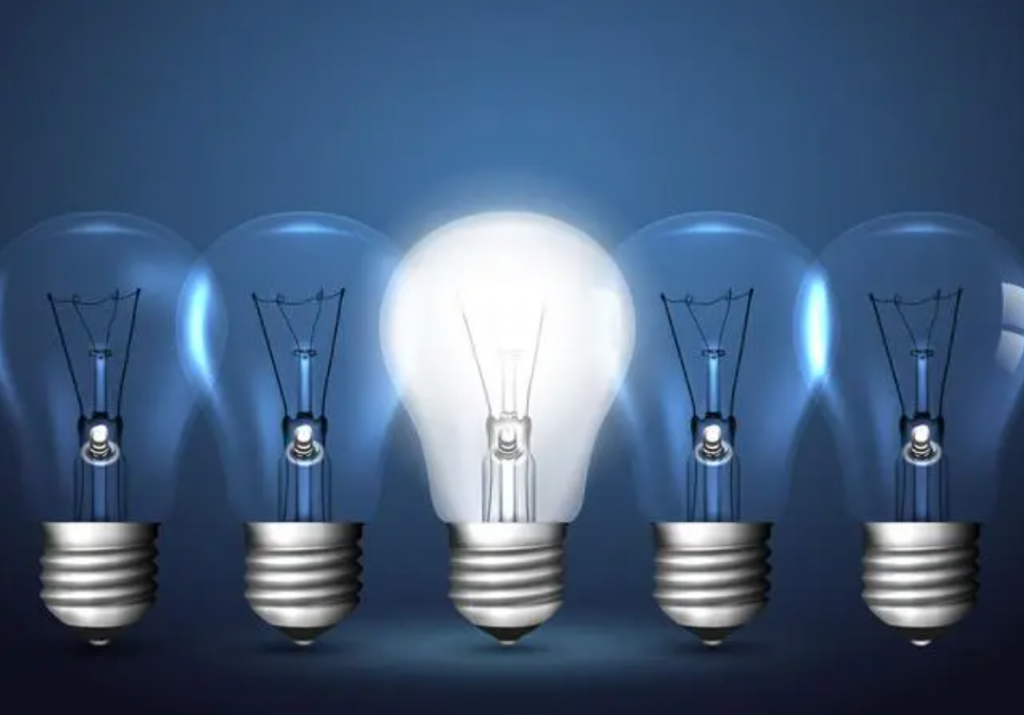
What are the benefits of LED light source?
In the past, the fluorescent lamps we use contain a lot of harmful substances, such as mercury, once the lamp is damaged, the mercury vapor inside will evaporate into the atmosphere, causing environmental pollution. led tubes do not use mercury in production, nor do they add harmful substances such as lead, and even if the led tubes are damaged and aged, their shells can be recycled. There is no stroboscopic protection, and sometimes there is a flicker state, such lamps are harmful to our eyesight if used for a long time. LED tubes use LED constant current work, it is the direct conversion of alternating current to direct current, which can effectively reduce the LED light decay, with the role of protecting the eyes and vision. And LED lights do not produce noise, very suitable for libraries, meeting rooms and other occasions
LEDs uses cold light source, small glare, no radiation, no harmful substances in use, LED working low voltage, using DC drive mode. Electro-optical power conversion is close to 100%, under the same lighting effect, more than 80% energy saving than the traditional light source. LED environmental benefits are better, there is no ultraviolet and infrared light in the spectrum, waste can be recycled, safe to touch, no pollution, no mercury. LED is an all-solid luminous body, impact resistance is not easy to break, waste can be recycled, pollution-free to reduce a large number of harmful gases such as sulfur dioxide and nitriding and carbon dioxide and other greenhouse gases, improve people’s living environment, can be called “green lighting source”.
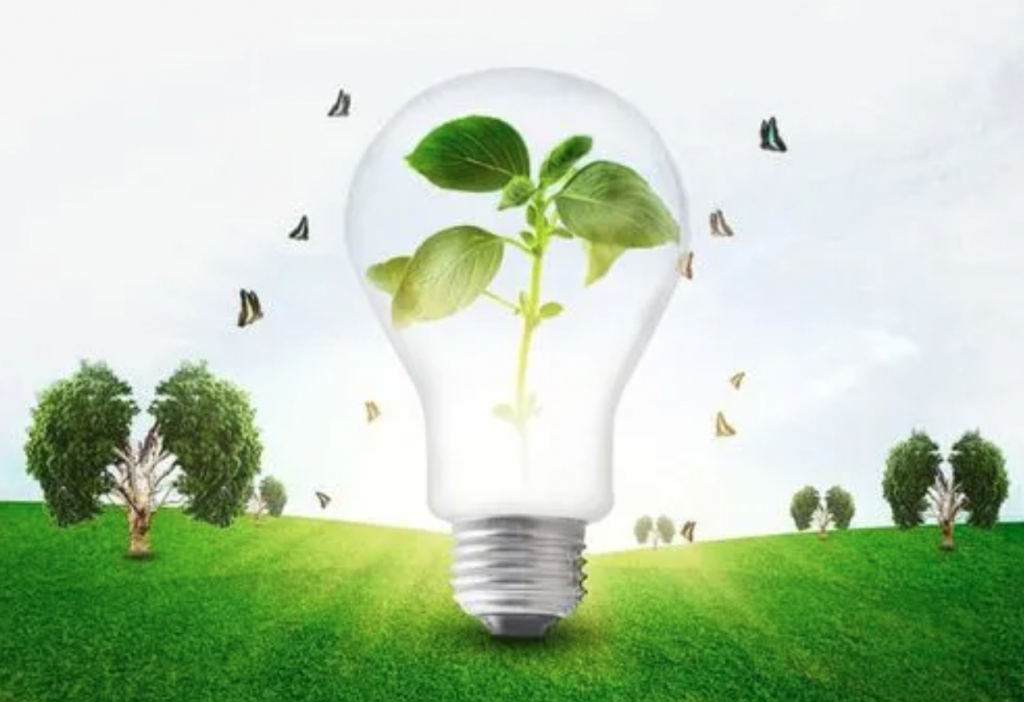
LED technology change process
Early development of LED lights
Early LED lights were mainly used in areas such as indicators and digital displays. In the 1960s, Professor Nick Holoniak of the US General Electric Company invented the first red LED light, marking the birth of LED lights. Subsequently, people began to study how to make brighter and more stable LED lights. In the 1970s, Japanese researchers invented blue LED lights to expand the color range of LED lights. However, early LED lights were inefficient, expensive and limited in scope of application
High brightness LED lamp development
In the 1990s, the emergence of high-brightness LED lights greatly expanded the application range of LED lights. The luminous efficiency of high-brightness LED lights has increased several times over the early LED lights, and the price has gradually decreased. This makes LED lights begin to be applied in the field of lighting. In 2000, Japan’s Mitsubishi Chemical Company invented a new material for blue LED lights, further improving the light efficiency of LED lights. Subsequently, the emergence of white LED lights has made LED lights more widely used in the field of lighting
The development of intelligent LED lights
With the continuous development of intelligent technology, LED lights have also begun to develop in the direction of intelligence. Smart LED lights can be controlled by mobile phone APP or voice, and can achieve remote control, timing switch, color temperature adjustment and other functions. The emergence of intelligent LED lights has made the application of LED lights more extensive in the field of home lighting
The future development of LED lights
In the future, with the continuous progress of technology, the application range of LED lights will be more extensive. For example, LED lights can be applied to the field of intelligent transportation, and the remote control and intelligent management of street lights can be achieved through intelligent technology. In addition, LED lights can also be applied to the field of plant growth, by adjusting the light intensity and spectrum, to promote the growth and development of plants. In the future, the application prospects of LED lights will be broader
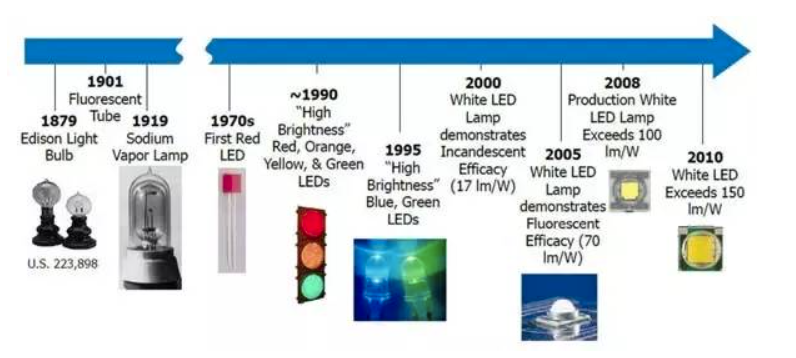
With the continuous progress of technology, the development process of LED lights is also constantly evolving. From the early indicators to the current smart LED lights, the application range of LED lights continues to expand, the light efficiency continues to improve, and the price is gradually reduced. In the future, the application prospects of LED lights will be broader, and we look forward to the development of LED lights in the future to bring more convenience and comfort to people’s lives.
The energy-saving advantages and environmental protection significance of LED lights are mainly reflected in the following aspects
Energy saving: Equipment lighting using energy-saving LED technology, compared to traditional fluorescent or incandescent lamps, LED lamps have higher energy efficiency. LED lighting has the characteristics of low power consumption, high brightness and long life, which can effectively reduce energy consumption and save power resources
Reduce carbon emissions: The energy-saving effect of using equipment lighting helps to reduce carbon emissions. Traditional lighting uses a lot of electricity, and power generation is often associated with burning coal or fossil fuels, which produces a lot of carbon dioxide emissions. Through the use of energy-saving LED lights, reducing electricity consumption can reduce carbon emissions, helping to combat climate change and reduce environmental pollution.
Extended resource life: Traditional lighting usually has a short life and requires frequent bulb replacement, increasing the burden of waste generation and disposal. LED lamps have a long life, generally up to tens of thousands of hours or even longer, reducing the replacement frequency of lamps, reducing the consumption of resources and the generation of waste, which is conducive to sustainable development
Reduce toxic substances: Some traditional lighting uses toxic substances such as mercury, which pose potential hazards to the environment and human health. LED lamps do not contain toxic substances, so the use of LED lamps helps to reduce the release of harmful substances and environmental pollution
Reduce light pollution : LED lighting can better control the direction and intensity of light, reducing light pollution problems. Traditional lighting often has problems with light scattering and diffusion to the surrounding area, while LED lamps can illuminate the desired area more accurately, avoiding excessive lighting and ambient light pollution
In summary, the energy-saving advantages and environmental protection significance of equipment lighting include: saving energy, reducing carbon emissions, extending the life of resources, reducing the use of toxic substances, and reducing light pollution. By adopting energy-saving and environmentally friendly LED lighting technology, it contributes to sustainable development, reducing energy consumption and environmental impact.
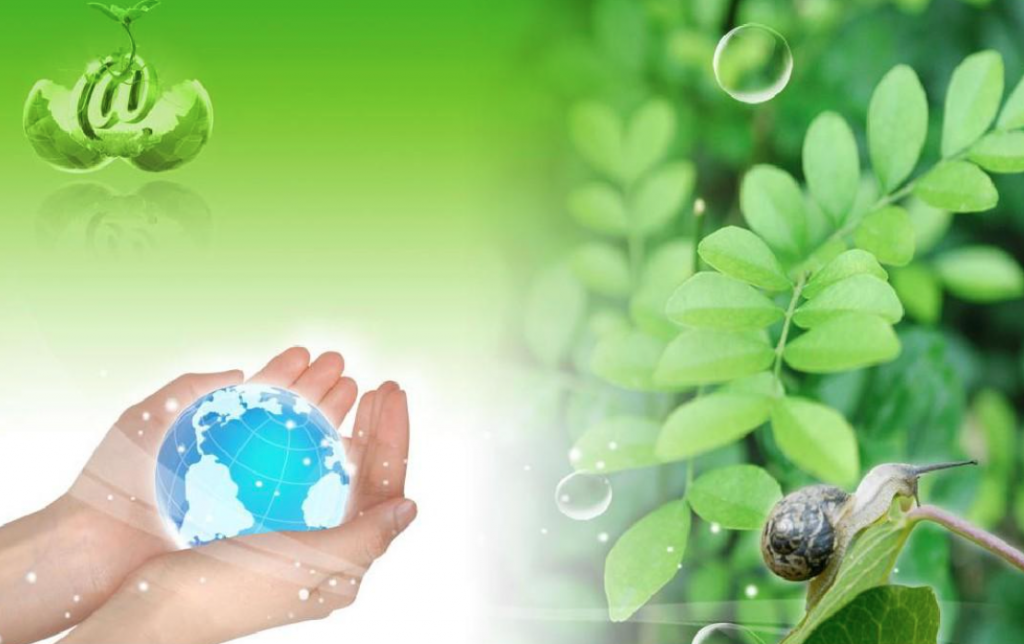
What are we doing to protect the environment?
We use high brightness and good quality LED source as fixtures source,
Use frequency lightning source with high conversion efficiency to drive the luminaire.
The most important thing is that the structure of our lamp adopts the structure of replaceable light source and power supply, if the power source or light source is broken, people only need to replace one of the accessories, do not need to replace the whole lamp, reducing the damage to the environment and saving costs.
What are the most typical lighting designs?
Our module panel lamp(PN & PG series) adopts the light source modular design, the power supply, the shell, the light source module 3 independent separation, any part of the damage, do not need to replace the whole lamp, only one part can be replaced, but also has the characteristics of high light efficiency, low glare, novel design It is an excellent choice for modern office lighting.

Luminous efficacy of light source:130lm/W Beam angle: 85*70º

Luminous efficacy of light source:150lm/W Beam angle: 85*85º
In the future, Olam Lighting will continue to practice the concept of environmental protection and energy saving, efficiently develop more and better LED lights that are more in line with the concept of environmental protection and energy saving, and contribute a meager force to the earth, here, we sincerely invite you to witness with us, as long as you need, We’ve always been there for you.
I am Vicky Zhang, Co-Founder of Olam Lighting Shenzhen Co., Ltd.
Let’s work together to make our environment clean.
